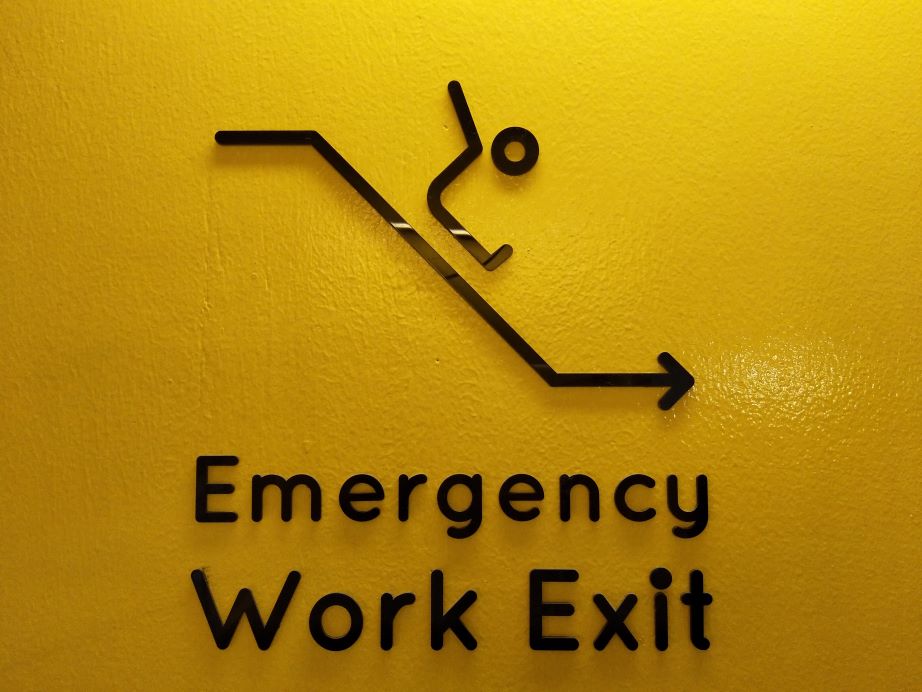Introduction
In times of emergency, the capability to carry out Cardiopulmonary Resuscitation (CPR) can be the distinction between life and death. In Australia, recognizing the CPR qualification requirements is crucial for anybody wishing to end up being a certified rescuer. This extensive overview will certainly delve into what you require to learn about CPR accreditation in Australia, consisting of training choices, legitimacy of certificates, age-specific guidelines, and more.
CPR Accreditation Demands in Australia: What You Need to Know
What is CPR?
Cardiopulmonary Resuscitation (MOUTH-TO-MOUTH RESUSCITATION) is an emergency situation procedure done when a person's heart quits beating or they quit taking a breath. It integrates breast compressions with rescue breaths to keep blood circulation and oxygenation up until expert medical help arrives.
Why is CPR Important?
The vital relevance of mouth-to-mouth resuscitation can not be overemphasized-- it saves lives. According to data from the Australian Resuscitation Council, instant mouth-to-mouth resuscitation can double or triple a sufferer's possibility of survival after cardiac arrest.
Understanding CPR Certification
To come to be certified in CPR, individuals need to go through training via recognized companies. Certifications typically include hands-on skills technique and academic expertise about heart emergencies.
Types of CPR Training Available
Basic Life Support (BLS) vs. Advanced Life Assistance (ALS)
- Basic Life Assistance (BLS) focuses on essential methods consisting of chest compressions and rescue breaths. Advanced Life Assistance (ALS) covers much more intricate procedures such as advanced air passage administration and medication administration.
Online vs. In-Person Training
- Online mouth-to-mouth resuscitation certification deals adaptability however may lack hands-on experience. In-person courses provide sensible skills practice vital for efficient feedback in emergencies.
CPR Accreditation Process
Choosing a Training Provider
When looking for training, make sure that your selected carrier is accredited by respectable companies like the Australian Resuscitation Council or St John Ambulance.
Course Period and Content
Most basic courses last regarding 4 hours and cover:
- Adult mouth-to-mouth resuscitation techniques Use of Automated External Defibrillators (AED) Recognition of heart attack signs
CPR Certificate Validity
How Long Does a Mouth-to-mouth Resuscitation Certification Last?
Typically, a CPR certificate stays valid for 3 years prior to requiring revival. It is essential to remain updated with the most up to date protocols and guidelines.
Renewing Your Certification
Renewal commonly entails taking a refresher course that reviews necessary skills and updates participants on any type of adjustments in guidelines.
Age-Specific mouth-to-mouth resuscitation Guidelines Australia
Adult vs. Child vs. Baby mouth-to-mouth resuscitation Techniques
Different age groups call for tailored methods:
- For grownups, focus on compression depth and rate. For children, change compression deepness based upon size. Infant CPR technique includes gentle compressions and cautious ventilation.
Infographic: Age-Specific Techniques
|Age Group|Compression Deepness|Ratio|| -----------|-------------------|-------|| Adults|5-6 centimeters|30:2|| Kids|4-5 centimeters|30:2|| Babies|1.5 centimeters|30:2|
CPR Devices in Australia
Essential Gear for Efficient Response
Having access to appropriate CPR equipment aids successful resuscitation initiatives:
AEDs Pocket masks GlovesUsing AED with CPR in Australia
An Automated External Defibrillator can substantially raise survival prices when made use of together with CPR-- knowing how to utilize an AED properly is crucial for every single rescuer.

Common Myths Regarding CPR
The Misconception of "CPR Always Restarts Heart"
Many think that executing mouth-to-mouth resuscitation will always reboot a heart; however, this is deceptive-- CPR keeps blood circulation till expert help shows up however does not ensure revival.

Debunking Various other Misconceptions
Other myths consist of misconception compression depth or the efficiency of rescue breaths versus hands-only approaches; education and learning plays an essential duty in dispelling these falsehoods.
Special Scenarios in Doing CPR
CPR for Drowning Victims
Drowning targets frequently require immediate rescue breaths due to their unique conditions; comprehending this context boosts outcomes significantly.
Sports-Related Heart attack Procedures
Recognizing indicators specific to athletes assists -responders act quickly-- education concerning sports-related heart incidents is necessary for instructors and trainers alike.
Workplace Emergency situation Plans
Establishing Readiness at Workplaces
Every workplace should have a thorough emergency plan that consists of arrangement for first aid training like cpr and first aid combo programs for employees.
Training Workers Effectively
Regular training sessions ensure staff are prepared-- not only does this safeguard employees but also boosts total workplace security culture.
Frequently Asked Concerns (Frequently asked questions)
Q1: Exactly how do I discover neighborhood CPR classes?
A1: Neighborhood recreation center or hospitals typically CPR training sessions Port Macquarie offer courses; internet sites of organizations like St John Rescue provide listings as well.
Q2: Can I get my accreditation online?
A2: Yes! Lots of certified organizations offer online cpr certification, however ensure it includes hands-on practice elements as well.
Q3: Exists a distinction in between adult and child certifications?
A3: Yes! Courses especially tailored for babies and children concentrate on age-specific techniques which vary from those educated for adults.
Q4: How typically need to I restore my certification?
A4: Typically every 3 years; nonetheless, remaining updated yearly with refreshers is extremely recommended given developing guidelines.
Q5: Exist any particular legislations regarding obligatory training?
A5: While laws may vary by state or region, several workplaces are called for by regulation to have educated first -responders readily available on-site during working hours.
Q6: What statistics support the effectiveness of CPR?
A6: Studies indicate that prompt bystander-administered mouth-to-mouth resuscitation can raise survival rates from heart attack significantly-- frequently increasing chances of person recuperation compared to no treatment at all.
Conclusion
Understanding the ins and outs of the CPR accreditation requirements in Australia empowers individuals throughout numerous fields-- from medical care specialists to everyday people-- to act emphatically throughout emergency situations. With correct training, awareness of age-specific standards, expertise concerning devices such as AEDs, and experience with common myths bordering resuscitation initiatives, one can truly make a difference when it matters most. Whether you're considering enlisting in neighborhood courses or discovering on the internet choices like online cpr certification, remember that each action taken in the direction of ending up being licensed adds Visit the website toward conserving lives-- an honorable search indeed!